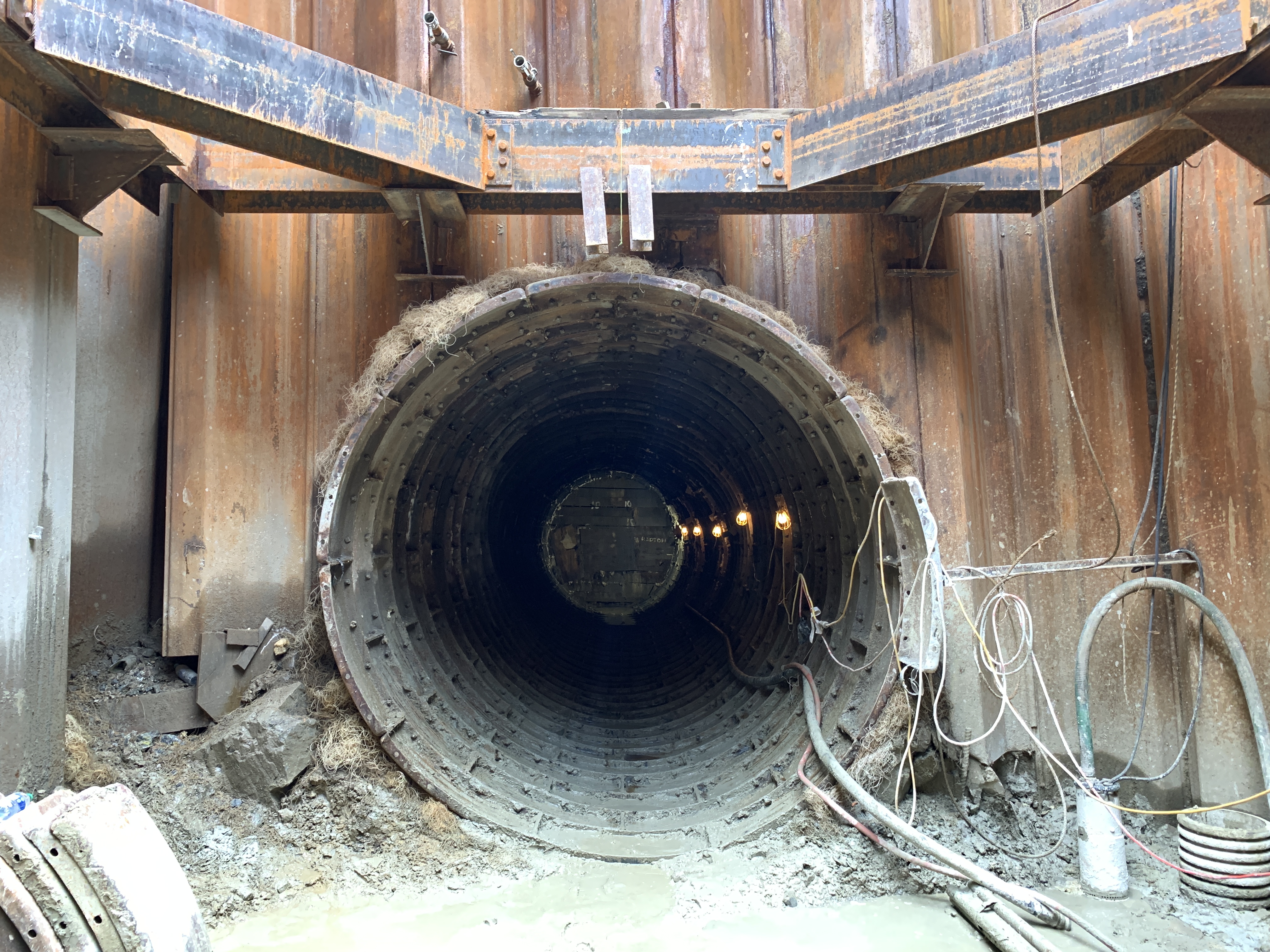New Hampshire State Stormwater Needs Survey
2022 Survey now closed
A comprehensive assessment of the capital costs to assess the stormwater needs of New Hampshire.

Thank you to those who participated in the Survey!
Results of the survey will be posted here when they are complete. Check back soon!
The New Hampshire Department of Environmental Services (NHDES) collected information on stormwater, hydromodification, and wastewater projects throughout New Hampshire for the 2022 Clean Watersheds Needs Survey (CWNS). Results of this survey will be used by the U.S. Congress and New Hampshire state legislature in their budgeting efforts, including the allocation of federal grant and loan program funds to states. This effort combined the U.S. Environmental Protection Agency’s (EPA) CWNS – which focused on capital costs for projects with a water quality benefit only – with New Hampshire State Stormwater Needs, which included CWNS eligible projects plus additional non-eligible projects for stormwater.
New Hampshire municipalities were contacted to provide information for all wastewater, stormwater and hydromodification projects through documents such as Capital Improvement Plans, stormwater management plans, and unfunded grant and loan applications.
The CWNS data will be used to allocate funds back to the states through grant and loan programs, such as through the Clean Water State Revolving Fund (CWSRF) program.
Please note: NHDES Wastewater Engineering Bureau will collect CWNS wastewater-related data through April 30th, 2023. A NHDES consultant, Comprehensive Environmental, Inc. (CEI), collected data related to stormwater and hydromodification projects- this portion of the survey is now closed.
Survey Scope
The scope of the 2022 CWNS was to capture all unfunded project(s) and associated capital costs that address a water-quality or water-quality-related public health problem existing as of January 1, 2022 and expected to occur within the next 20 years. The New Hampshire State Stormwater Needs Survey captured additional project data, including noncapital costs and projects without water quality benefits, such as for increasing capacity.
Municipalities with populations under 10,000 without documentation were eligible to report projects! They had an opportunity to fill out a survey form to document their needs.
Example projects included (but were not limited to):

What is CWNS?
The EPA's CWNS is an assessment of the capital costs (“needs”) required to meet the water quality goals of the Clean Water Act to address water quality and water-quality-related public health concerns. These capital investment needs are reported periodically to Congress for all 50 states and territories. Although the CWNS assessment typically occurs every four years, the last assessment was completed in 2012, so participation in the 2022 survey was crucial to reflect up to date needs.
Purpose of the CWNS
EPA documents national and state needs in a Report to Congress which is used by Congress and state legislatures in their budgeting efforts, such as the allocation of funds to states through grant and loan programs. The data are also used to help measure environmental progress, contribute to academic research, provide information to the public, and help local and state governments implement water quality programs.
Did you know?
Did you know?
CWNS is the only nationwide survey that collects this type of information in order to determine appropriate funding!
New Hampshire’s Unique Approach for Stormwater
NHDES worked with CEI to gather available stormwater project and cost data for all municipalities that had it. CEI used the EPA-approved New Hampshire State Specific Approach to generate costs for all remaining municipalities. This innovative method, first created by New Hampshire for the last CWNS in 2012, divides all state municipalities into five categories; calculates a rate per acre for each category based on municipalities within that category with eligible data; then applies that rate to the acreage in each remaining municipalities in that category. This was done in 2022 for both reporting to EPA for CWNS and at the state level for the New Hampshire State Stormwater Needs effort.
For more information about the stormwater and hydromodification portions of this survey, contact Lisa Loosigian at (603) 271-1190 or lisa.loosigian@des.nh.gov. For more information about the wastewater portions of the survey, contact des.cwns.ww@des.nh.gov.




